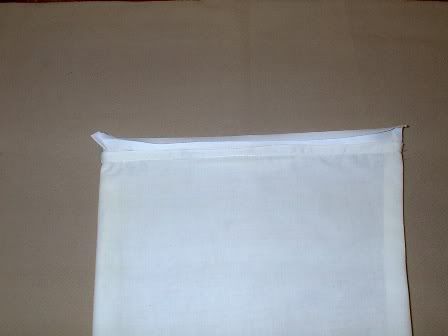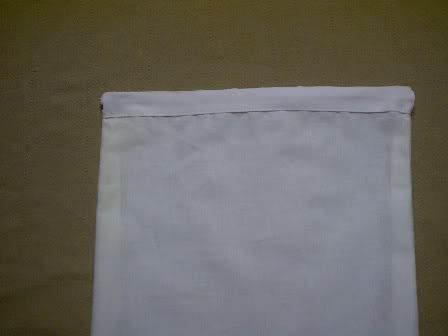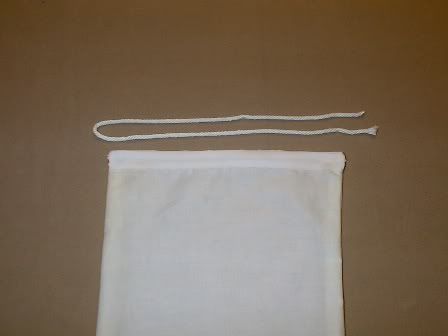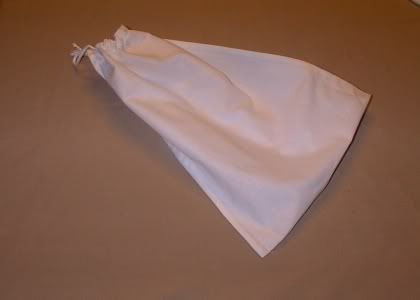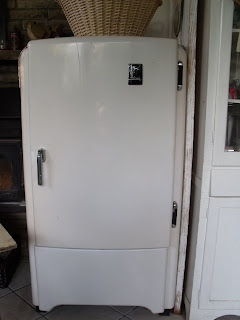Farm girls are not like other girls. The gifts that touch our hearts are not jewels or furs. A new chicken coop, muck boots or a cider press are far more precious than gems. This weekend my wonderful husband drove six hours to pick up two beautiful dairy goats, an Alpine and a Sable, for me. They are due to kid in just three days. Think of those beautiful bouncing babies and fresh winter milk! That trip meant far more to me than any trip to the jewelry store ever could. I've been musing over the fact that I got a 'Sable' for Christmas. Most women would think it was a coat not a goat. Thus I was inspired to rewrite the 'Santa Baby' song so that it would apply to all us farm girls.
Santa Baby
Santa baby, slip a Sable under the tree, for me
I've been an awful good girl
Santa baby, and hurry down the chimney tonight
Santa baby, an Araucana laying hen, eggs -light blue
I'll wait up for you dear
Santa baby, and hurry down the chimney tonight
Think of all the animals
Think of all the time not spent at the malls
Next year I could be oh so good
If you'd check off my Christmas list
Boo doo bee doo
Santa honey, I wanna sheep and really that's cheap
I've been an angel all year
Santa baby, and hurry down the chimney tonight
Santa cutie, there's one thing I’d really dig, a pig
and he’ll need a pen too
Santa cutie, and hurry down the chimney tonight
Santa baby, fill up my Christmas socks with some tools for my box
Oh, that would be so fine
Santa baby, and hurry down the chimney tonight
Come and plant my orchard trees
With heirloom verities bought at nurseries
I really do believe in you
Let's see if you believe in me
Boo doo bee doo
Santa baby, forgot to mention one thing here, a Deere
I don't mean from the woods
Santa baby, and hurry down the chimney tonight
Hurry down the chimney tonight
Hurry down the chimney tonight





















